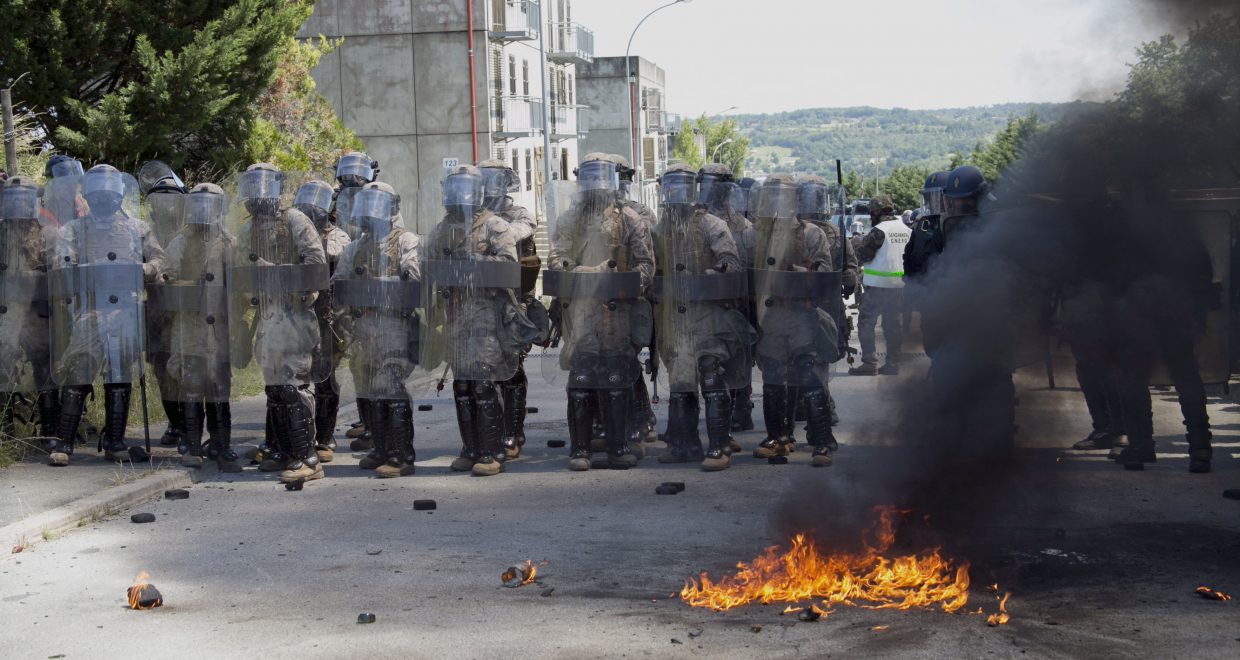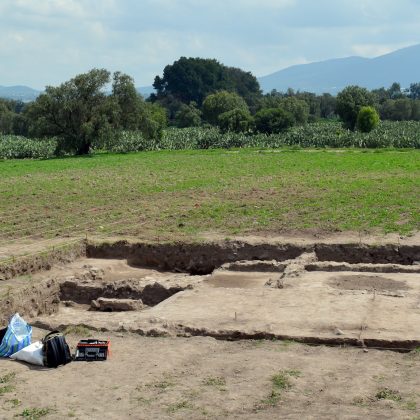Mobile armed mobs in deadly riots
Experts on ethnic riots agree that the ethnic composition of localities affects their susceptibility to violence. They are however divided on which are more prone to turmoil between ethnically segregated and diverse settings. Empirical evidence from different studies is conflicting. The research leading to this article traces this ambivalence to three oversights in the literature 1) a focus on a neighborhood’s ethnic composition while not paying adequate attention to its location and the ethnic composition of adjoining areas; 2) a disregard for the shared boundaries of neighborhoods and the roads, alleys and other demarcations that separate or link them; and 3) a neglect of the mobile nature of armed mobs, which causes a conflation of their origins with the destinations of their violent events. Based on extensive fieldwork involving mobile interviews with riot participants in the violence-prone Nigerian city of Jos, some important findings emerged.
First, the resulting evidence suggests that ethnic composition of neighborhoods in combination with their location vis a vis adjoining neighborhoods of similar or dissimilar ethnic composition affects their vulnerability to violence. For example, the location of ethnically mixed Ali Kazaure between Christian Apata and Muslim Angwan Rogo made it an opportune battleground, experiencing more incidents of violence than other ethnically mixed areas that are not similarly located. Apart from being fraught with internal rivalries, it was consistently pressurized by struggles between rivaling ethnopolitical networks in the adjoining segregated areas.
Second, armed mobs were likelier to originate in segregated areas, though ethnically mixed areas, especially when sandwiched between rivaling segregated areas, are more susceptible to violence. The ethnic concentration in segregated neighborhoods translated to both cognitive and spatial proximity, which facilitated communication and movement, so residents and potential fighters could find their way to a congregation point in times of riots. Therefore, though segregated neighborhood seemed less likely to experience violence, they nevertheless contributed to the disorder in nearby ethnically mixed areas.
Third, tracing the footsteps of armed mobs from the points at which they mobilized, along the routes they marched to the sites of past confrontations revealed that their origins and destinations were often quite some distance apart. For example, parts of the armed mobs who perpetrated violence in some of the city’s most volatile neighborhoods had their origins in other areas. This confirmed one of the fundamental propositions of the study: that location and adjacency influence whether a neighborhood is vulnerable to violence.
Another important revelation that came from tracing the footsteps of armed mobs was their penchant for narrow and unpaved back routes that are inaccessible to security forces. Fighters marching from their areas of residence to destinations of violence used very narrow alleys that were impossible for military or police vehicles to track. Contiguous boundaries and a network of alleys facilitated the movement of armed mobs from one point to the other. Armed mobs used main roads only when they had no alternative whatsoever.
These findings have both academic and practical implications. Focusing on spatial and temporal dimensions of violent riots proved an adept way to bridge structural factors signposted in the literature with happenings at the neighborhood level. From a practical perspective, understanding how ethnic composition and neighborhood adjacency shape the mobility of armed mobs and the spread of violence has concrete significance for responding to violence and peace-building efforts in riot-prone cities. It calls for authorities to pay special attention to the location of neighborhoods in relation to adjoining neighborhoods and to marshal responses that consider the group solidarity in segregated neighborhoods and the multilevel contestations in ethnically mixed areas sandwiched between rivaling segregated ones.
Read the full 2018 David and Helen Kimble Award Winning Article, ‘Routing ethnic violence in a divided city: walking in the footsteps of armed mobs in Jos, Nigeria’ here and enjoy free access until July 1, 2019.






